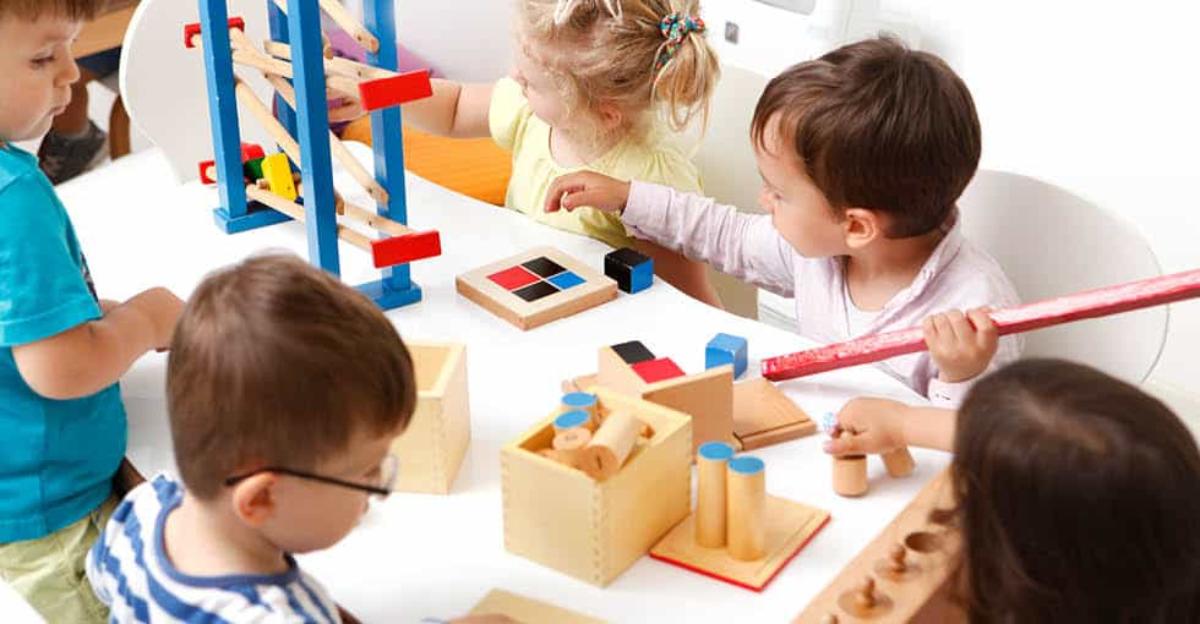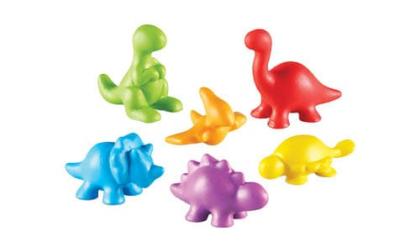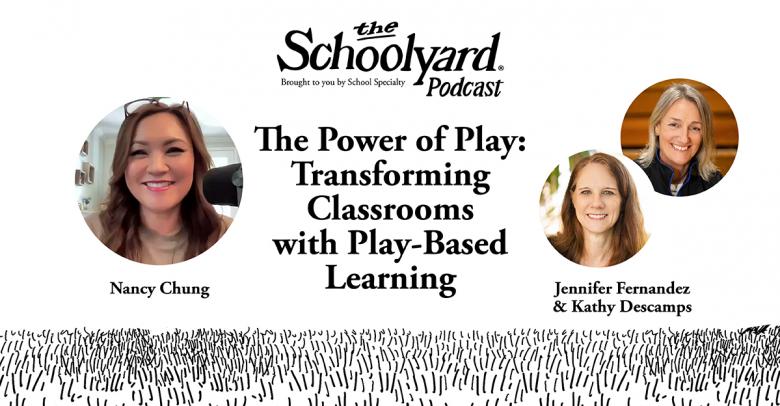Imagination and creativity are at the heart of a developmentally appropriate early childhood program. Tightening budgets and mandated curriculum standards have made it challenging to integrate imaginative and creative activities into the early childhood classroom.
4 Ways to Encourage and Boost Creativity in Early Childhood
Amid pressures to enhance student academic performance, many teachers struggle to bring creativity into the classroom. Fortunately, there are ways to work within the classroom environment to ensure that children use their creativity and imagination in school.
Learning Centers
Learning centers allow teachers to meet school curriculum requirements while presenting play-based, creative content. For example, a teacher covering a science unit on plants might read a picture book about plants, then allow the children to work with chosen materials in a center that will encourage their ideas about the content.
Some children might mold plants out of clay, others might play games relating to plants. Some children might build plants with blocks or manipulatives, while others still might create plant costumes of out dress up clothes in the dramatic play area. Setting up a variety of centers encourages children to view school subjects in new ways and explore each topic thoroughly and creatively.
Shop School Specialty Exclusives for the Early Childhood Classroom
Spend Time Outdoors
Spending time outdoors encourages children to think differently and develop imaginative mental narratives as they explore the world outside the classroom. To stay aligned with school curriculum, integrate time spent outdoors with lessons in the classroom. For example, use outdoor time to enrich science and nutrition lessons. Plant a vegetable garden, take children around the neighborhood to explore the community, or study rocks found on the playground. To make best use of time spent outdoors, bring along tools that will help children explore the world outside.
Integrate Art and Music
Integrating art and music into other curriculum areas also fosters creativity and imagination. Creating clay animals for a science unit, painting patterns for math, or singing songs about communities enables children to become creative, imaginative thinkers. Keeping musical instruments and rhythm sets on hand allows for musical integration into the curriculum.
Showcase Creativity
Use bulletin boards and picture wires hung across the classroom to display student artwork. Showcasing the children’s work nurtures their pride and reinforces creativity. Children who know they have done well and can see the fruits of their labor hung in the classroom are more likely to try creative thinking in subsequent lessons.
Find Arts & Crafts Projects & Lesson Plans
More Early Childhood Education Ideas & Inspiration
By implementing these strategies in your early childhood classroom, you ensure that the heart of teaching and learning for young children is not lost in a sea of standards, mandated curriculum, and other school constraints.







Leave a Reply